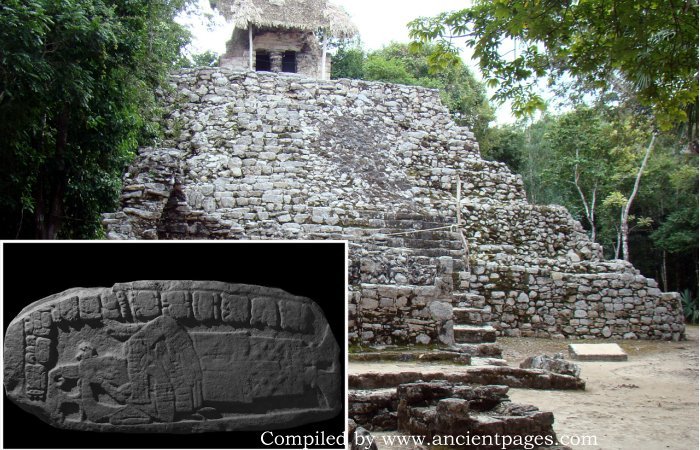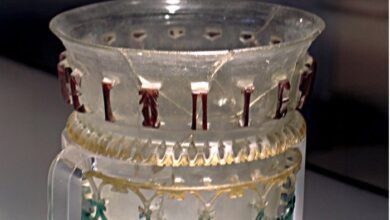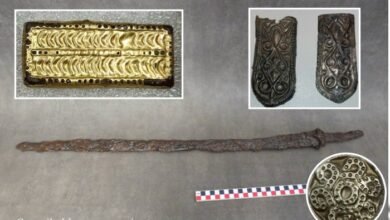Hieroglyphs Reveal The Name Of Forgotten Maya Queen Ix Ch’ak Ch’een

Conny Waters – AncientPages.com – Ix Ch’ak Ch’een was a powerful Maya queen who ruled the ancient city of Cobá, located on the Yucatán Peninsula in present-day Quintana Roo, Mexico. Until recently, her story remained largely unknown.
Cobá Archeological Area. Credit: O.Mustafin – CC0
Cobá itself was a major Maya center, with an estimated population of around 50,000 at its peak and an extensive built-up area covering 30 square miles. The city is notable for its vast network of stone causeways and numerous stelae—carved monuments that record important events from the Late Classic Period (AD 600–900).
A significant breakthrough in understanding Ix Ch’ak Ch’een’s legacy came with the discovery and restoration of the Foundation Stone—a large monument inscribed with 123 hieroglyphs—by archaeologist Ana Calderón and conservator Eunice Corazón Peralta. This artifact was found near a waterhole close to Cobá’s Nohoch Mul complex.
Epigraphers David Stuart (University of Texas) and Octavio Esparza Olguín (UNAM) analyzed inscriptions on this monument, identifying Ix Ch’ak Ch’een as a key ruler whose name also appears on other monuments throughout Cobá. Their research revealed that she held the title kaloomte’, or “Supreme Warrior” queen—a position established at Cobá on May 12, 569 C.E., during ceremonies at Kehwitznal (“the mountain of the deer”), part of one of Cobá’s most prominent architectural groups.
The Foundation Rock. Credit: INAH
The inscriptions document her involvement in significant events, such as inaugurating a ballcourt and marking important calendar cycles, including the seventh k’atun in AD 573, demonstrating her central role in legitimizing royal power through ritual activities.
Further analysis suggests that Ix Ch’ak Ch’een may have had political ties to Testigo Cielo, ruler of Kaanul (the “Snake Dynasty”), indicating possible alliances or diplomatic exchanges between these major powers.
Notably, the Foundation Rock is unique as it is directly associated with water—a vital resource symbolizing life for the Maya—and features references to mythical entities like witz’, linking natural elements to religious beliefs. This connection highlights how political authority was intertwined with sacred landscapes.
The Stela that revealed the name of the Maya queen Ix Ch’ak Ch’een. Credit: INAH
As stated in the press release, the ongoing study coordinated by Mexico’s National Institute of Anthropology and History (INAH) has provided valuable insights into both ancient Maya political structures and women’s roles within them. The discovery significantly advances our understanding not only of Ix Ch’ak Ch’een herself but also broader aspects of dynastic history among Classic-period Maya societies.
See also: More Archaeology News
The research team emphasizes that these findings are preliminary. Their next steps include preparing a comprehensive report on the Foundation Stone’s inscriptions and investigating Ix Ch’ak Ch’een’s impact on Maya society further. Experts anticipate that the upcoming phases of the Promeza Cobá Project will uncover additional information about this historical figure and her significant role in establishing one of the most influential political centers in the northern Yucatán Peninsula.
Written by Conny Waters – AncientPages.com Staff Writer







